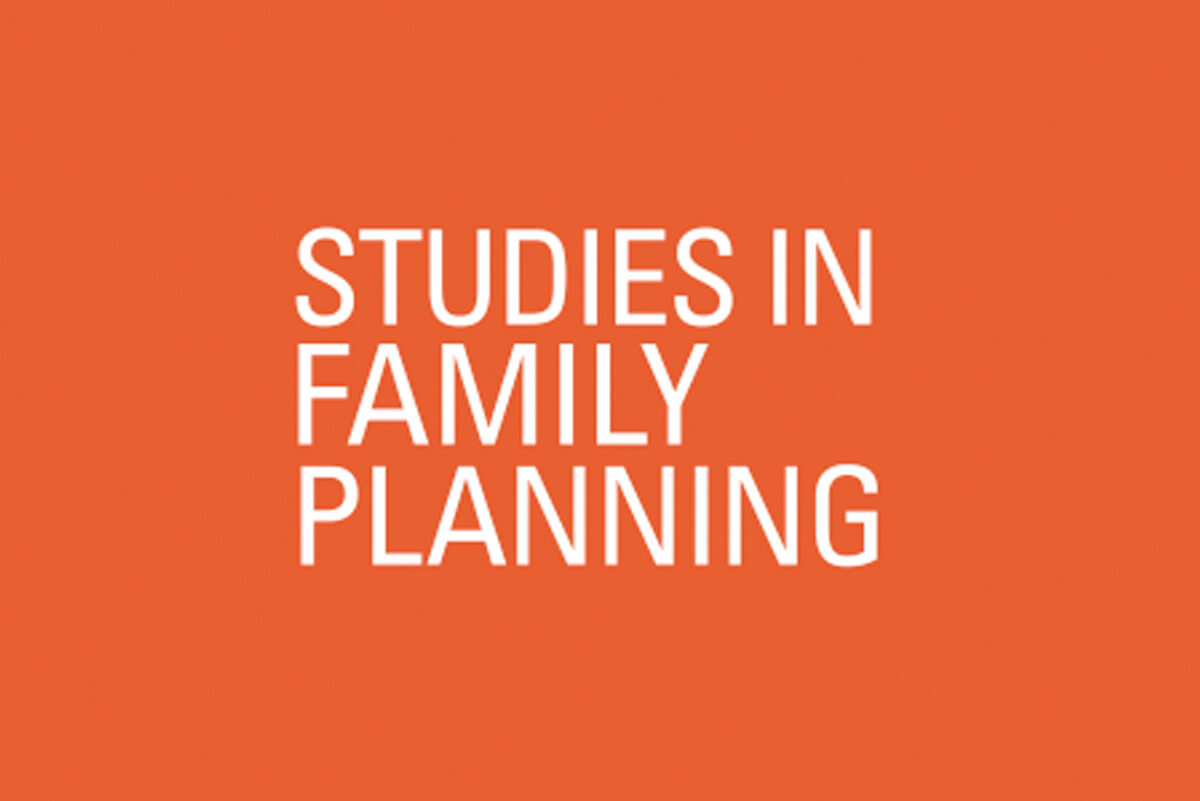
by George Odwe, Peter Kisaakye, Francis Obare, Yohannes Dibaba Wado, Bonnie Wandera, Stephanie Küng, Caitlin Rich, Margaret Giorgio
Studies in Family Planning, 23 April 2025 https://doi.org/10.1111/sifp.70010 (Open access)
Abstract
Estimates of the incidence of induced abortion and unintended pregnancies in refugee settings are lacking, limiting efforts to improve sexual and reproductive health services. We adapted the abortion incidence complications method to estimate the incidence of induced abortion and unintended pregnancy among women aged 15–49 years in refugee settlements in Uganda. We draw data from a survey of 102 health facilities providing postabortion care (PAC) services to women and girls across 13 refugee settlements in Uganda and a knowledgeable informant survey of 59 individuals familiar with induced abortion among the refugee population in Uganda. An estimated 4131 PAC cases were due to induced abortion among women in refugee settings. The overall induced abortion incidence rate among women living in refugee settlements in Uganda was 37.3 per 1000 women aged 15–49. Of the 31,189 live births, 25,023 pregnancies were unintended, translating to an unintended pregnancy rate of 73.7 per 1000 women of reproductive age. Of all pregnancies to women living in refugee settlements, 25 percent were estimated at end in induced abortion, 24 percent in unplanned birth, 37 percent in planned birth, and 15 percent in miscarriage. The findings suggest a need to improve access to contraceptives, safe abortion, and PAC services in refugee settlements in Uganda.
Background
The United Nations High Commissioner for Refugees (UNCHR) estimated that there were 108.4 million forcibly displaced people worldwide in 2022, of which approximately one-third were refugees (UNHCR 2023). By March 2024, the Eastern Africa region, which includes Uganda, hosted over 5.3 million refugees and asylum seekers, most of whom were women and children (UNHCR 2024). Amidst this ongoing crisis, the global health community has identified sexual and reproductive health and rights (SRHR) as a key area of concern among refugees. Women and girls are exposed to myriad SRHR risks throughout the stages of forced migration. The unstable political and social environment before and during displacement is often marked by increased risks of physical and sexual violence as well as disruptions to access to essential SRHR services (Crosby 2013; Davidson et al. 2022; Ivanova, Rai, and Kemigisha 2018).



